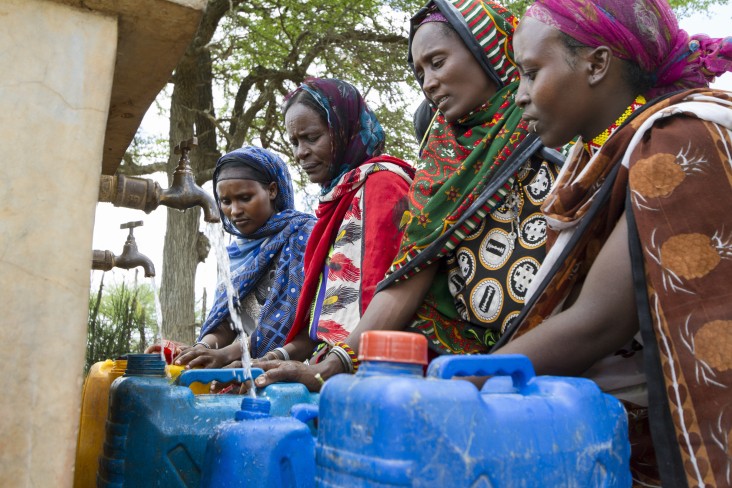- What We Do
- Agriculture and Food Security
- Democracy, Human Rights and Governance
- Economic Growth and Trade
- Education
- Environment and Global Climate Change
- Gender Equality and Women's Empowerment
- Global Health
- Humanitarian Assistance
- Transformation at USAID
- Water and Sanitation
- Working in Crises and Conflict
- U.S. Global Development Lab
Speeches Shim

Latest Ethiopia Fact Sheet
view text version [pdf, 723kb]
2020.09.30 - USG Ethiopia Active Programs Map ![]() (pdf - 1 MB)
(pdf - 1 MB)
2020_09_30 East Africa Desert Locust Crisis Map ![]() (pdf - 1 MB)
(pdf - 1 MB)
Key Developments
An estimated 8.5 million people in central, eastern, northern, and southern Ethiopia experienced severe food insecurity between July and September. Food insecurity is expected to remain atypically high across the country through the first half of 2021, with up to 11 million people facing severe food insecurity due to multiple factors, including elevated food prices and limited access to income-generating opportunities.
Heavy June-to-September kiremt rains have triggered widespread flooding, displacing nearly 293,000 people in six regions and adversely affecting approximately 1 million people.
USAID is also responding to the worst locust outbreak in decades. Learn more about our response in Ethiopia and several other East Africa countries.
Background
Ethiopia is experiencing its second severe drought in less than two years. Insufficient rainfall during the 2017 rainy season has led to severe water shortages, catastrophic livestock losses, and failed crops throughout the country. The drought in southern Ethiopia comes as the country’s north and central highland communities continue to recover from a severe drought in 2016 triggered by multiple consecutive seasons of below-average rainfall and the effects of the 2015/2016 El Niño climatic event. In August 2017, the Government of Ethiopia estimated that 8.5 million people in the country would require humanitarian assistance through December, primarily due to increased drought-related needs in southern and southeastern parts of Ethiopia.
In addition to drought, populations across Ethiopia face other challenges that contribute to sustained humanitarian needs and an ongoing complex emergency—including above-average food prices, disease outbreaks, localized intercommunal conflict, seasonal flooding, and limited access to health and water, sanitation, and hygiene services.

Comment
Make a general inquiry or suggest an improvement.